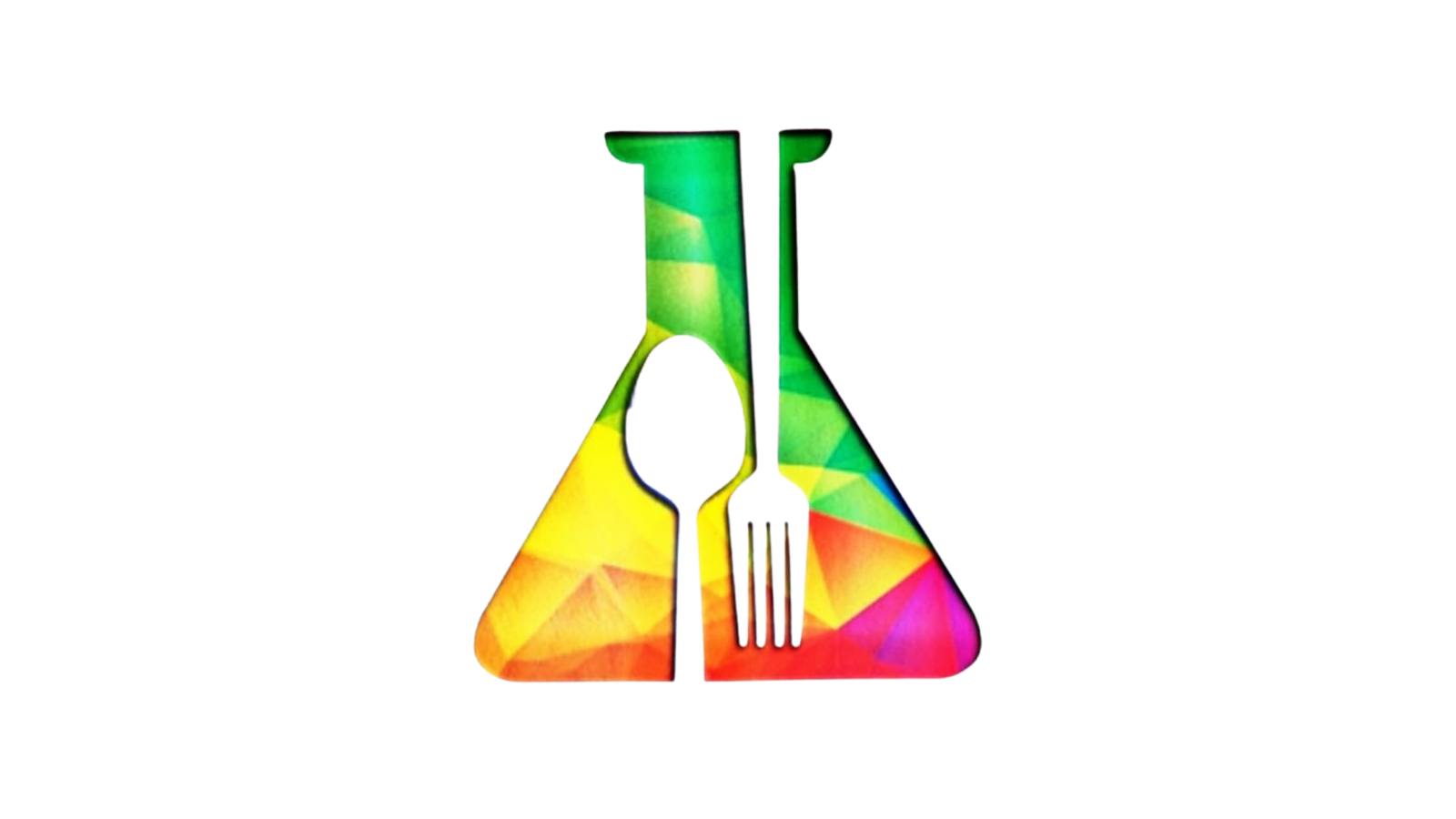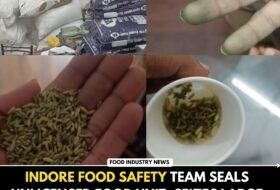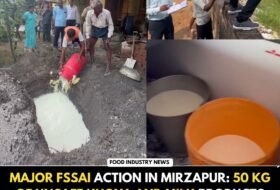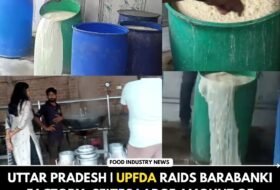Dr Mahalingam Govindaraj, an agricultural scientist has won the Norman E Borlaug Award for Field Research and Application 2022. This award is for his efforts to develop a biofortified pearl millet (bajra) that is rich in iron and zinc.
Dr Govindaraj is a Senior Scientist for Crop Development at HarvestPlus and the Alliance of Bioversity International and International Center for Tropical Agriculture (CIAT).
In 2014, he released Dhanashakti, which is the world’s first biofortified pearl millet.
Biofortification is a method of breeding crops to increase their micronutrient content. As per a statement by the World Food Prize Foundation, 200 grams of Dhanashakti provides women with more than 80 per cent of the recommended daily iron allowance, while regular bajra varieties only provide 20 per cent.
More than 120,000 farming households grow Dhanashakti in India today. He has been involved in developing more than ten high-iron and zinc pearl millet varieties. These varieties are also being grown in Kenya, Zimbabwe, Sudan, Niger, Nigeria and Senegal. It is estimated that by 2024, more than 9 million people in India will consume iron and rich bajra, leading to better nutrition.
He has created a cheap source of iron and zinc for the poor in India and Africa.
Reports claim that his work has improved nutrition and enhanced the livelihoods of small farmers.
Hailing from a farming family in Tamil Nadu, Dr Govindaraj’s love for farming started at a young age. He was a first-generation graduate.
“I was raised in the south of India where the majority of the crop was rice. My family had been farming for many years; I was the first in my family to go all the way through school and graduate from college. I loved studying science and felt drawn to researching how scientific methods could have a positive impact on agriculture. From the outset, I was fascinated by breeding and genetics and the possibilities of growing crops beyond rice, which could thrive in more challenging environments than the wetlands where I grew up,” said Dr Govindaraj to Krishak Jagat.
BIOFORTIFIED PEARL MILLET VARIETIES TO FIGHT IRON AND ZINC DEFICIENCIES IN INDIA
Micronutrient malnutrition because of iron and zinc deficiencies is a serious public health problem in low-and middle-economy countries worldwide. In India alone, about 80% of the pregnant women, 52% of non-pregnant women, and 74% of children in the 6-35 months age group suffer from iron deficiency. About 52% of children below 5 year are zinc deficient.
Iron deficiency causes varying degrees of impairment in cognitive performance, and learning ability, lowered work capacity, and pregnancy complications (e.g., maternal mortality, and babies with low birth weight). Zinc deficiency in children causes stunting, makes them vulnerable to diarrhoea, pneumonia, and can lead to death from these infections.
Crop biofortification, which refers to the breeding of cultivars with higher levels of micronutrients, is increasingly being recognized as a cost-effective and sustainable approach to overcome these deficiencies in the food chain.
Under the biofortification program, the International Crops Research Institute for the Semi-Arid Tropics (ICRISAT) and Mahatma Phule Krishi Vidyapeeth jointly developed a high-iron variety of pearl millet, called Dhanashakti, which was released in 2012 in Maharashtra and later in 2013 across India, making it the first mineral biofortified product of any crop cultivar released in India.
Dhanashakti has 71 mg/kg iron and 40 mg/kg zinc. It was rapidly adopted by farmers, reaching 65,000 farmers by 2015. The seed of Dhanashakti is available with Nirmal Seed Company and State Seed Corporations in Maharashtra, Karnataka, Telangana, Uttar Pradesh, Haryana and Rajasthan.
ICRISAT has also developed a high-iron pearl millet hybrid (ICMH 1201), which is being marketed, using Truthfully Labelled Seed (self-certification), by ShaktiVardhak Seed Company under its brand name Shakti 1201. This hybrid has 75 mg/kg iron and 40 mg/kg zinc (similar to Dhanashakti), but it has more than 30% higher grain yield than Dhanashakti. In 2015, Shakti 1201 was adopted by more than 35,000 farmers.
The iron levels in the two biofortified cultivars are much higher than those reported in most of the released and commercial cultivars, which have less than 50 mg/kg iron. The zinc of these cultivars is marginally higher than many of the released and commercial cultivars. Thus, when talking of pearl millet grains as a rich source of iron and zinc, as commonly assumed, there will be a need to talk in terms of specific cultivars.
In this context, it should also be noted that these biofortified pearl millet varieties have much higher iron content than the best biofortified rice varieties (less than 5 mg/kg). And many, but not all, also have much higher iron content than the best biofortified wheat varieties (less than 40 mg/kg). Similarly, many have much higher zinc content than the best biofortified rice varieties (less than 25 mg/kg), but only a few have higher zinc content than the best biofortified wheat varieties (less than 40 mg/kg).
The food uses of biofortified pearl millet varieties will go a long way to reduce iron and zinc deficiencies. For instance, based on feeding trial estimates of 7-7.5% bioavailability of iron in whole grain food, and assuming 240 g/day of grain consumption, Dhanashakti and Shakti 1201 would provide much more iron than the daily requirement of 0.84 mg in men, and meet 70% of the daily requirement of 1.65 mg in non-pregnant and non-lactating women, and 42% of the daily requirement of 2.8 mg in pregnant women. Above grain consumption rate will also provide 80% of the recommended daily allowance of 12 mg of zinc.
🔔👥 WhatsApp – Join our groups for regular updates (Jobs, News, Training etc) If you are already in our groups, please don’t join. All Groups are same.
🔬👩🎓 Join Food safety Training Programs (Online/Offline)
• FOSTAC Training
• Internal Auditor
• Level 1 Training
• 5G training
• Virtual Internship





















